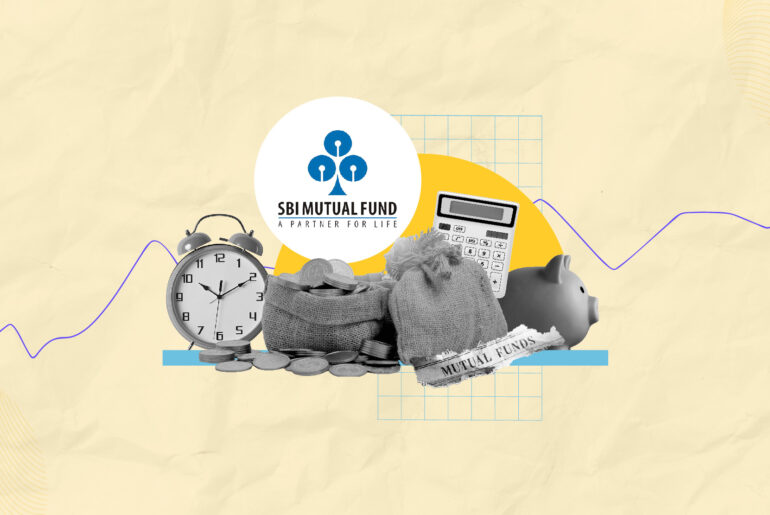Last Updated on May 24, 2022 by
Employers provide various allowances to their employees that form a part of their overall salary package. One such allowance is the leave travel allowance, also known as leave travel concession. What is best is that you can claim a deduction on this amount while filing your taxes. Let us understand the provisions of the Income Tax Act regarding LTA.
Table of Contents
What is a leave travel allowance?
Employers provide their employees with Leave Travel Allowance (LTA) as part of their CTC. This is given for the purpose of travelling while on leave. Section 10(5) of the Income Tax Act, 1961 provides the rules regarding LTA and how you can claim a deduction on it while filing your tax returns.
Let us see how and when it is allowed.
What are the conditions to claim a deduction on LTA?
You can claim a deduction for the leave travel allowance subject to the following rules:
- There were expenses on an actual journey. The journey can be via any mode of transport, including air, rail, and road.
- You cannot claim expenses on any other expenses during the journey. For example, expenditure on your hotel stay, lunch, or sightseeing cannot be deducted.
- You can only claim the deduction on domestic travel. International travel is not included under this provision.
- You can claim your travel expenses and those of your family if they are travelling with you. For this purpose, ‘family’ includes your spouse, children, dependent parents, and siblings.
- The claim can be made only for two children if they are born after 1 October 1998. If a child is born prior, no such restriction is applicable.
How much can you claim as a deduction?
The Income Tax Act has prescribed limits on the amount that can be claimed as a deduction. It is as follows:
1. Air travel
The maximum amount you can claim is limited to the economy fare of the national carrier’s airline. You must take into account the cost of the shortest path to your destination.
2. Travel between places connected by rail
If the two locations are connected by rail, the deduction amount is determined as follows:
- The price of a first-class AC ticket for the quickest route to the destination.
- The amount actually spent.
Whichever is less. Except for air travel, this applies to all types of transportation. So, whether you’re travelling by rail or by car, you must adhere to this guideline.
3. Travel between places not connected by rail but other modes of public transport
In this case, the amount of deduction is taken as the lower of the following:
- The fare of a first-class or deluxe class ticket of the recognised mode of travel. The price for the shortest route is taken.
- The actual amount spent.
4. Travel between places not connected by any recognised mode of public transport
In such a case, assume that the distance is covered as if you travelled by train. The amount of deduction is restricted to the first-class AC rail fare. The distance covered via the shortest route is considered.
5. Travel to multiple destinations
Moreover, you may be travelling to multiple places on your journey. Here, the exemption will be calculated based on the travel fare of the shortest route between the place of origin and your farthest destination.
How to claim the deduction on LTA?
To claim the deduction, you must first have valid proof of the expense. This can be the rail or bus ticket, your flight’s boarding pass, or any such document. The rules regarding LTA are determined mainly by the employer. In fact, the Income Tax Act does not make it necessary for you to maintain valid proof. However, you must always keep it handy as you may require to furnish it to the employer or tax authorities.
Moreover, you cannot claim a deduction on LTA every financial year. You can only claim it for two journeys in a block year.
But, what is a block year? Let us explain it in detail.
Block year
A block year is a set of 4 calendar yrs. The government determines it for the purpose of calculating LTA claims. This was first established in 1986, making the first block period from 1986 to 1989. At present, the block period applicable is between 2022-2025.
If you do not claim LTA in a block year, it can be carried forward to the next. Let us understand the rules regarding the same.
Carry forward of LTA
The unclaimed LTA on one or two journeys is carried forward to the subsequent block year. However, you must claim the allowance within the first calendar year of the block.
For example, you only make one LTA claim in the 2018-2021 block period. This leaves one unclaimed journey that is carried forward to the 2022-2025 block. You may now claim a total of three LTAs in the current block. However, the carried forward claim must be made during 2022 itself.
Once you calculate your deduction amount, you can claim it while filing your tax return. Any excess amount on account of LTA forms a part of your salary. This is taxable as per your tax slab.
In conclusion
Leave Travel Allowance is a part of your CTC that the employer provides. It serves as compensation that you receive while travelling on leave. You can claim a deduction on LTA while filing your tax returns. Such a claim can be made twice in a block year. This allowance proves beneficial for employees seeking some relief on their travelling expenses.
- Money Market Funds in India – Meaning, Features & How They Work - Apr 22, 2025
- Top Fund of Funds (FOF) in India – Full Form, Types & More - Mar 28, 2025
- Bond Funds – Meaning, Types, Risks, and Benefits - Mar 27, 2025




